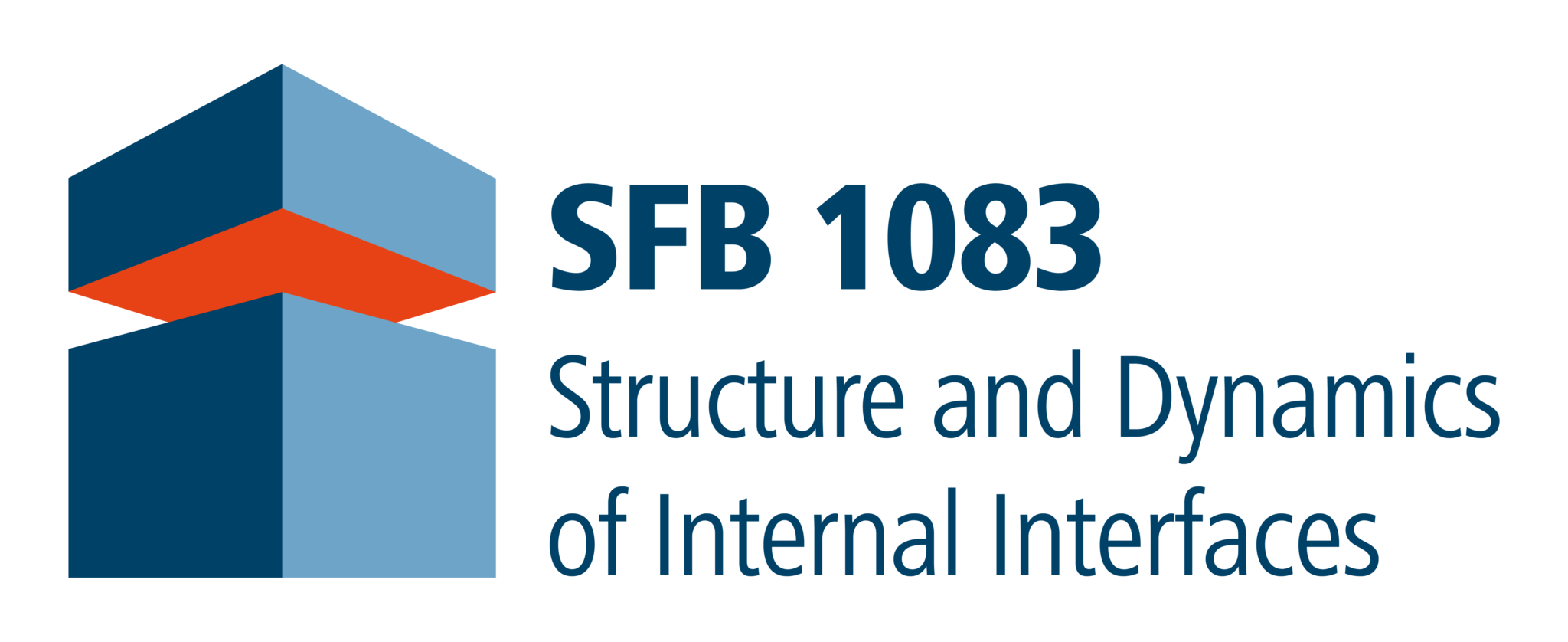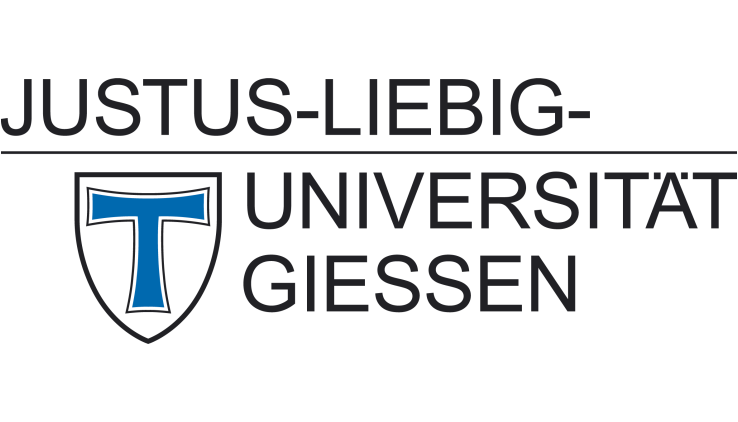Controlling an SN2 reaction by electronic and vibrational excitation – tip-induced ether cleavage on Si(001)
G. Mette, A. Adamkiewicz, M. Reutzel, U. Koert, M. Dürr, U. Höfer
Angewandte Chemie International Edition 58 (2019) 3417
New ways for controlling organic reactions on silicon surfaces – Control of chemical reactions can lead to higher yields or better selectivity of a given reaction. Better control of surface reactions, in particular of organic molecules on inorganic surfaces, will ultimately lead to the formation of better interfaces between inorganic substrates and organic multilayers grown on these substrates. In a joint effort, the groups from Gießen and Marburg used scanning tunneling microscopy for controlling the final products of a textbook-type reaction of organic molecules on silicon surfaces.

Tip-induced ether cleavage leads to new final products when compared to thermal excitation. The different final products can be selectively addressed by the type of excitation.
Ether cleavage on silicon is the surface analogue of an SN2 reaction; SN2 reactions represent the textbook example for how to control solution-based chemical reactions by means of steric hinderance or the choice of solvent. The team around Gerson Mette and Michael Dürr has shown a new possibility for controlling this type of reaction. Using a scanning tunneling microscope (STM), they could not only detect the final products of such a reaction with resolution on the atomic scale but made use of the tip of the STM to induce the reaction itself. When imaging the reaction products, they found that tip-induced ether cleavage on Si(001) leads to additional final products which are not obtained by thermal activation, the latter being the “classical” way of activating the reaction. Moreover, different final products can be selectively realized by different excitation channels, either direct excitation by electron transfer or multiple excitation of vibrational modes induced by the tunneling electron. As the two channels can be selectively addressed by the tunneling bias, a new way of controlling the reaction and its final products is achieved. In more general, the results show the potential for controlling chemical reactions on surfaces through different excitation mechanisms. The results are also applicable to a wide range of on-surface reactions of organic molecules and open control of these reactions beyond the limitations of thermally activated reaction schemes.

STM images before (a) and after (c) tip-induced ether cleavage. Additional configurations are observed when compared to thermal activation (b). (d) to (f) blow ups and schematic representations of the observed configurations.






